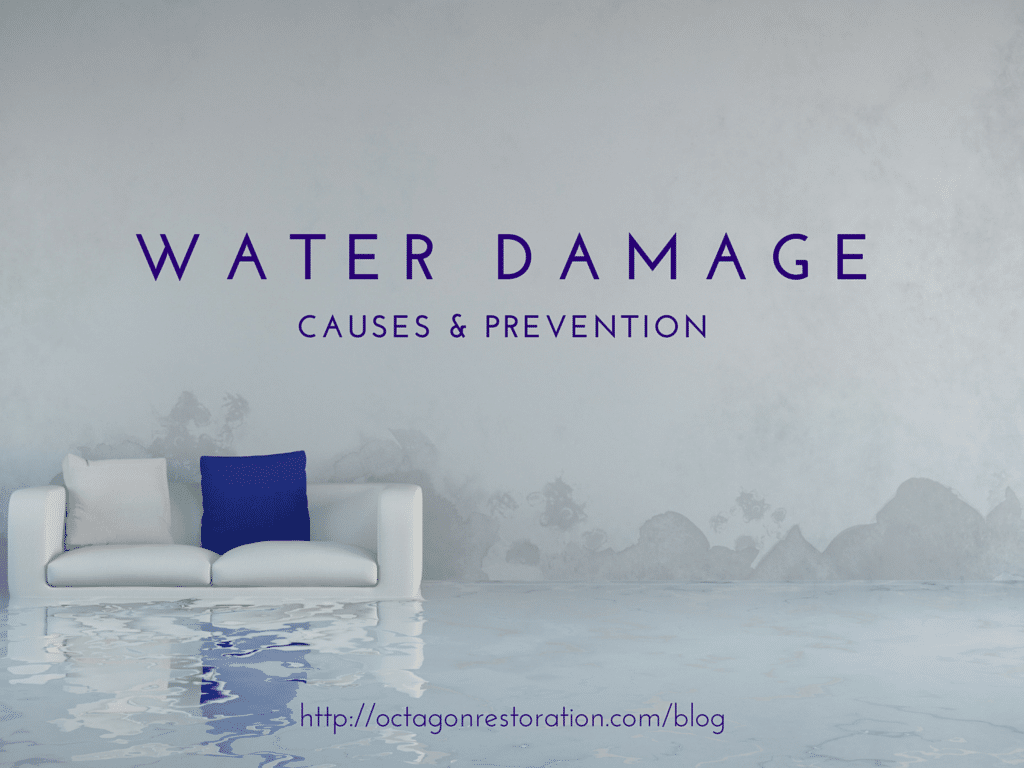
There’s no getting around it – winter in New England is wet and messy. If you haven’t experienced burst pipes, leaky roofs, and flooded basements firsthand, you know someone who has. Untreated water damage can also lead to stained carpets, mold growth, and permanent structural damage, and should be taken care of as soon as it’s discovered.
Here are five tips for dealing with water damage:
1. Don’t wait.
Call as soon as you notice flooding. Exposure to moisture can cause mold growth in as little as 24-48 hours and permanent damage to fabrics and furnishings in 48 hours. Call a professional water damage restoration company that offers 24/7 flood response service to help you minimize damage and resolve the problem quickly.
2. Looks can be deceiving.
Even if you’re able to remove all visible water and moisture from the affected area, damage can still occur as water can seep through baseboards and floor coverings, damaging the structure underneath and allowing mold to grow. A professional restoration company will be able to ascertain the extent of the water damage and make appropriate repairs.
3. Call a professional.
Make sure the water damage restoration professional you hire is IICRC-certified. This certification ensures that the professional is trained in the latest methods to quickly evaluate moisture levels and problem areas (visible or not), as well as locations for potential mold growth. It will also make your life easier to work with an insurance-preferred company.
4. Cut the power.
To lessen the chances of damage or electrocution, cut off electrical flow by shutting off any breakers going to the damaged areas.
5. What to do in the meantime.
After contacting a professional, you should immediately start drying the affected area in order to minimize damage.
Here are some dos and don’ts to keep in mind:
Do
– Shut off water to affected areas.
– Mop or sop up any visible water.
– Remove colored rugs from carpeting.
– Remove lamps, cushions, and upholstery and prop them up to dry
– Remove loose books, newspapers, and magazines from floors.
– Place aluminum foil or wood blocks under furniture legs.
Don’t
– Use a household vacuum to remove water.
– Use electrical appliances or ceiling fans.
– Let too many people walk around on wet floors or under saggy ceilings.
